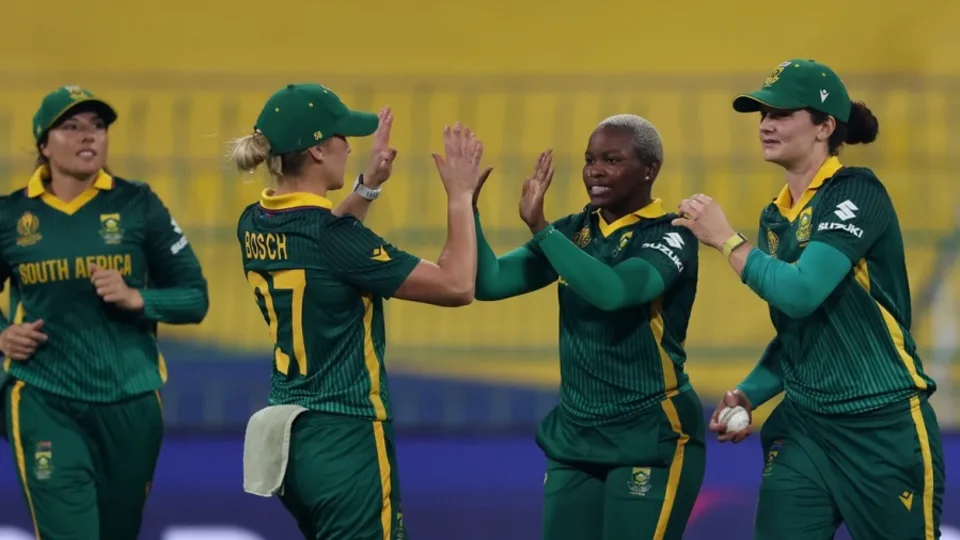
Wolwaardt and South Africa are the World Cup’s biggest problem-solvers as their players have made themselves count.
Wolwaardt and South Africa keep solving problems, one match at a time.
Despite having a spot in the semi-finals, South Africa is the least likely of all the cricketing nations to get ahead of themselves. However, this World Cup campaign would be the best way to prepare them for such improbable setbacks.
Their batting collapsed against England. This was fixed against New Zealand when the top order grabbed control of the middle chase. However, the top order once again faltered against India until the lower order and an outstanding innings from Nadine de Klerk helped them to a historic victory. The story versus Bangladesh was identical, with the lower order saving the day. The recurring theme, however, has been that South Africa has always been prepared with the solutions.
“It’s been great. It’s sort of felt like the whole team has contributed in different parts of this tournament, which has been awesome,” South Africa captain Laura Wolvaardt said after their 10-wicket win against Sri Lanka on Friday.
“We definitely haven’t relied on one or two people. Whether it’s Nadine and Chloe [Tryon] getting us out of the hole, or, you know, me and Taz [Tazmin Brits] battling all today. The whole bowling unit has been amazing too, and I think our feeling has been pretty decent as well throughout the tournament. So, it’s just nice to see all those pieces of the puzzle sort of coming together.”
Wolvaardt and her team had their hands busy navigating a game severely disrupted by weather against Sri Lanka. Between the final ball of the eleventh over of the first innings and the first ball of the twelfth, there were five hours and fourteen minutes. Before the rain stopped and a restart time was announced, the game was actually in danger of being cancelled. All prior plans and strategies were abandoned in that instant.
With only eight overs remaining in a shortened 20-over match, Sri Lanka had to quickly change gears from having 38 overs remaining in a 50-over match. But in terms of what was expected of them, it was a pretty simple equation with eight wickets in hand.
It was more difficult for South Africa, though. First, under the new playing circumstances, each bowler was limited to bowling four overs. Masabata Klaas and Marizanne Kapp, who had each bowled five overs before the rain interruption, were therefore unable to be employed any more.
Wolvaardt himself was at the forefront of this front. A skier off a leading edge was dropped on the eighth ball following the restart, providing an early indication of how challenging it would be to grip this wet ball. However, by holding two otherwise simple catches to dismiss both set batters at that moment, she made sure there would be no more blunders.
This was a demonstration of possible champions, whisper it. Although Australia will eventually overtake them, South Africa, like their skipper, continues to go forward and find solutions. But for Wolvaardt, the secret is to make sure that everything aligns at the appropriate moment.

